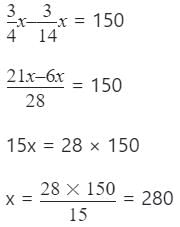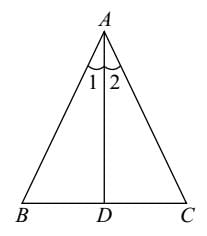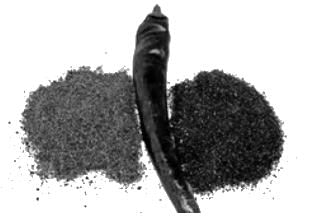FSSAI TO / AD (Technical) Mock Test - 5 - Agriculture Exams MCQ
30 Questions MCQ Test FSSAI TO / AD (Technical) / CFSO Mock Test Series 2025 - FSSAI TO / AD (Technical) Mock Test - 5
In an examination, a student was asked to find  of a certain number, By mistake, he found
of a certain number, By mistake, he found  of it. His answer was 150 more than the correct answer. The given number is :
of it. His answer was 150 more than the correct answer. The given number is :
 of a certain number, By mistake, he found
of a certain number, By mistake, he found  of it. His answer was 150 more than the correct answer. The given number is :
of it. His answer was 150 more than the correct answer. The given number is :An address of a website on internet is called:
The name of the famous mathematician who is credited with discovering the total value of the very first 100 natural numbers is
If the bisector of an angle of Δ bisects the opposite side, then the Δ is :
What is the area of the largest circle that can be made inside a rectangle with 50 meters length and 42 meters breadth?
What is the function of F11 in the Excel sheet?
Match the Windows functionalities in the left column with their shortcut keys listed in the right column:

For this given AP 3, 1, -1, -3, find the values of a and d is:
A dot matrix printer
(i) prints an entire line at time
(ii) is a non-impact printer
(iii) allows multiple copies to be taken at a time
(iv) prints one character at a time
Which is not the server side programming language?
Residues of Aflatoxin M1 would be found in
In State Food Authority, who receives the applications for food import clearance?
Clause 2 of Section 41 allows a Food Safety Officer to
Any person who manufactures or sale or distribute any article of substandard food for consumption is liable to penalty which may extend to
Temp-time combination of UHT milk is_________





















